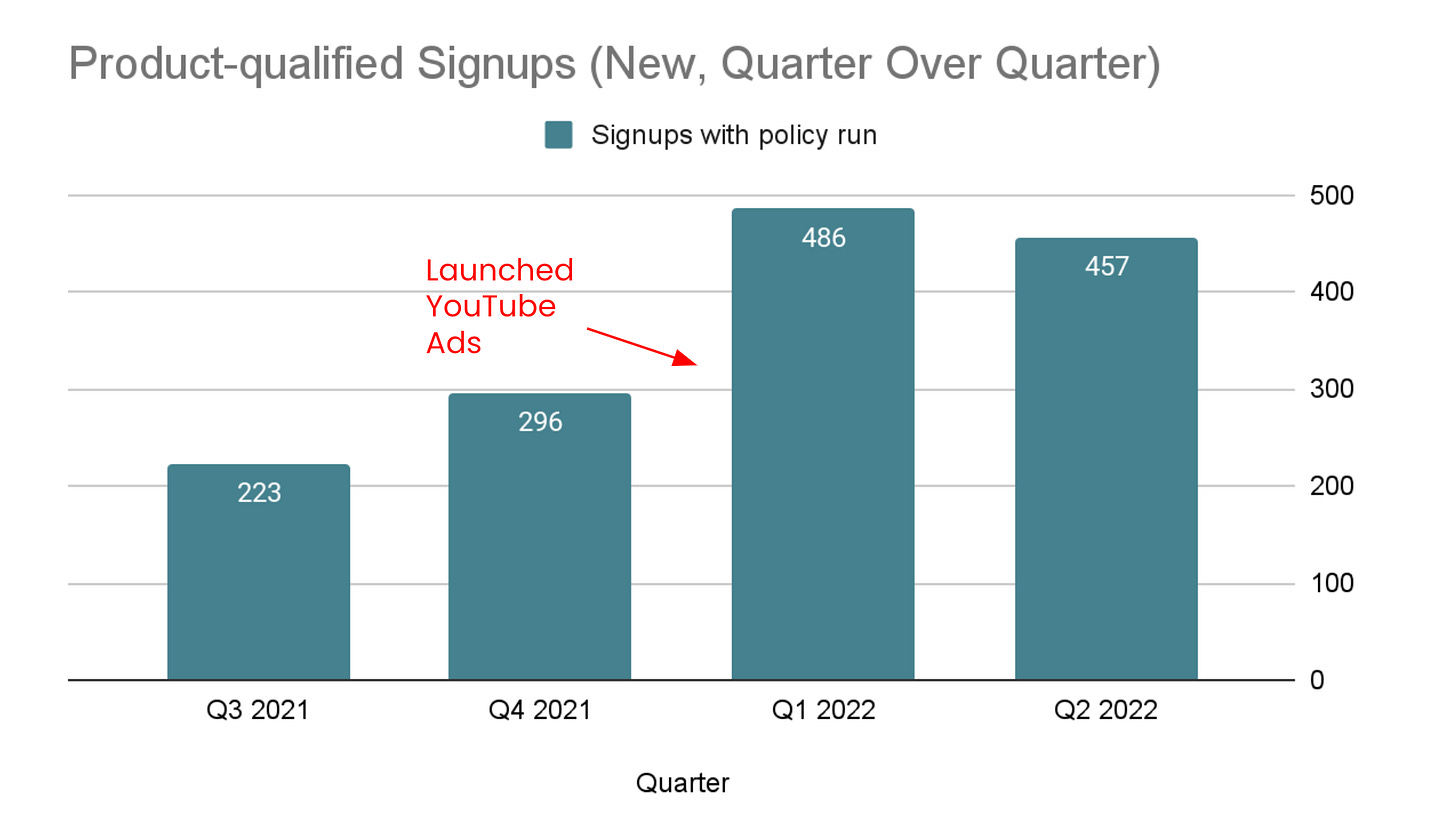“Do ads even work on devs?”
"Do ads even work on devs?"
Just the other week, the CEO of a seed-stage DevOps startup posed me this question, not without a sense of skepticism.
This isn't the first time I've encountered this question, or the skepticism. The common perception is that developers dislike being sold to and are allergic to anything resembling an ad.
Almost two years ago, when I joined Datree, a startup in the DevOps space where I currently serve as the VP of Marketing, this was the prevailing sentiment as well. As a result, the company focused on community engagement and worked with several DevOps influencers who produced videos about Datree.
They did run ads, but they weren’t seeing results. In fact, when I arrived, the CEO admitted he felt he could halt all the ads without impacting the business.
And he was correct. We tested this hypothesis by turning off all the ads for a few weeks and monitored if the numbers went down. Guess what? They didn’t. We stopped running ads, and it had no effect on our major KPIs. It served as undeniable proof that the ads weren't working.
Yet, Datree couldn’t solely depend on community engagement for its growth since community isn't scalable enough.
Sure, if you're a B2C brand working with thousands of different influencers, you can rely exclusively on influencer marketing. But for a B2D brand, especially one serving a limited audience such as DevOps and SREs, this isn't a viable option.
And to be sure, Datree tried focusing entirely on community. They kept looking for new influencers and requested the existing ones to create more and more assets. And it worked, for a while, until it didn’t. There’s simply a limit to how much juice you can extract from a few DevOps influencers.
To scale further, Datree had to find a way to amplify their influencers’ voices, and the most effective amplification tool is paid ads.
But wait, if we revisit the title's question, do ads even work on devs? Didn’t our experiment suggest they didn't? Well, to be sure, ads do work on devs, and here is the proof:
The chart above shows the number of new product-qualified signups (in Datree’s case, that means signups who actually installed the product on their machine), quarter over quarter. As you can see, I launched the ad campaigns in Q1, resulting in an 80% increase in new product-qualified signups.
So, yes, ads do work on devs, when executed correctly. What does correctly mean? First let’s discuss what “incorrectly” means.
The ads we turned off for the experiment were “push” ads: In-stream YouTube ads featuring a snippet from an influencer video about Datree. These ads appear on your screen while you're trying to watch a video, whether you like it or not, and you have to wait 15 seconds for them to vanish.
These kind of ads are not suitable for developer-focused companies for two reasons:
They create antagonism towards the brand.
They make targeting extremely challenging.
Targeting is essentially selecting the audience to whom the ad network should display the ads. For example, if you're selling shoes to 40-year-old women, Google can precisely identify your audience based on age, gender, and even if they're currently looking to buy shoes.
But what about selling a tool for DevOps that use Kubernetes? Google doesn't have such granular information about it’s users (though LinkedIn does, a topic for another newsletter). Sure, you can target everyone who's ever searched "Kubernetes" on Google, but that gives you a vast, mostly irrelevant audience.
These ads weren’t working for Datree, so I decided to switch tactics. Instead of push ads, I began using pull ads, distributing influencers’ videos about Datree via YouTube's in-feed ads.
Unlike in-stream ads, in-feed ads aren’t intrusive: They appear as a recommended video, giving users the choice to watch it or not. This approach avoids antagonizing the user and, more importantly, significantly improves targeting.
Why? Because when you use in-feed ads, or any pull tactic for that matter, users self-qualify for the ads. When I use in-feed ads, I’m confident I’m allocating my marketing budget toward the right audience: An audience that actively opts in to watch a video about Kubernetes policy management.
And indeed, about a week after we launched these new in-feed ads, we observed a huge spike in product-qualified signups. 💪





